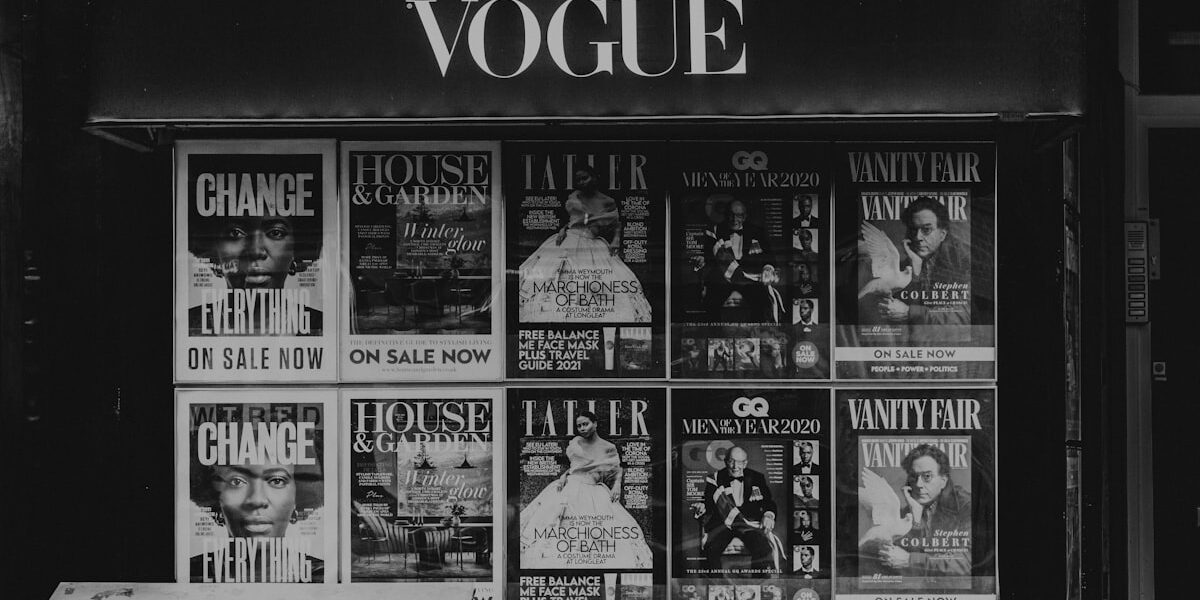Civil War Propaganda: The Art of Influence
The Civil War, spanning from 1861 to 1865, was more than battles and tactics. It was a struggle over ideas and public opinion. Propaganda played a crucial role in shaping how people understood and engaged with the conflict. Both the Union and the Confederate states used various forms of propaganda to garner support and sustain morale.
The Role of Newspapers
During the Civil War, newspapers were one of the main sources of information. They were powerful tools for propaganda. In the North, papers like the New York Times and the Chicago Tribune published articles that rallied support for the Union cause. They emphasized the moral imperative to end slavery and preserve the nation. These publications often published stories that put the Union Army’s actions in a positive light.
In the South, papers like the Charleston Mercury and The Richmond Examiner served to unite citizens against the North. They portrayed the Confederacy as a righteous cause fighting for states’ rights and independence. Newspapers utilized emotive language and selective stories to bolster emotional ties to the Confederate cause and culture.
Illustrations and Cartoons
Illustrations and cartoons were used extensively in publications to convey messages quickly and effectively. These visuals could be powerful, as they often reached even those who were illiterate. In the North, political cartoons might depict Confederate leaders as tyrannical or foolish. In some cases, they promoted the strength and moral high ground of the Union army.
The South utilized similar tactics. Caricatures of Northern figures, particularly President Abraham Lincoln, portrayed them negatively. These illustrations helped solidify public perception and fostered a collective identity against the perceived oppressors from the North.
Posters and Broadsides
Widely distributed posters and broadsides were another important medium for propaganda. In the North, recruitment posters were quite common. They appealed to potential soldiers’ sense of duty, patriotism, and adventure. Many posters used striking imagery and patriotic slogans to entice men to enlist.
On the other side, the Confederacy also spread propaganda through similar means. They used posters to encourage enlistment by emphasizing the importance of defending home and family. Broadsides often contained rallying cries for the Southern cause, highlighting themes of honor and legacy.
The Role of Songs and Music
Music became a subtle yet strong vehicle for propaganda during the Civil War. Songs could rally troops, boost morale, or communicate ideological positions. The Union and Confederacy both had anthems that expressed their values and ambitions. “The Battle Hymn of the Republic” was a Northern favorite, filled with religious themes and moral resolve. In the South, “Dixie” served as an informal Confederate anthem, romanticizing the Southern way of life and resistance.
Outside of formal anthems, soldiers and civilians used folk tunes with new lyrics that conveyed specific political messages. These songs helped spread propaganda among individuals from diverse backgrounds and entertained while disseminating ideas.
Letters and Personal Correspondence
Personal letters and diaries served as informal channels of propaganda. Soldiers’ letters home were sometimes published in newspapers, often partially edited for security and political messaging. These letters usually depicted a just cause, bolster the family’s morale, and sway public opinion in favor of continued support of the conflict.
Public figures like generals and politicians used personal correspondence to influence thoughts and attitudes. These letters occasionally leaked or were printed for broader audiences, serving dual roles as private communication and public propaganda.
The Impact of Photographs
Photography emerged as a significant medium during the Civil War. While images were less manipulated, their selection and captions often conveyed powerful messages. Photographers like Mathew Brady captured haunting images of battlefields and posed portraits of soldiers. They brought the realities of war to the public in unprecedented ways.
These images could inspire different reactions. In the North, photos of squalor or battlefield carnage sometimes evoked increased support for the war effort as a necessary fight to a noble end. Conversely, images of Confederate bravery and defiance propagated Southern resistance and resolve.
Government Publications and Official Speeches
Government-issued publications served as formalized propaganda. They offered messages aligned with their respective political goals. In the Union, documents and pamphlets discussed the moral imperatives of ending slavery and preserving the country. Presidential speeches, such as those by Abraham Lincoln, articulated these beliefs eloquently, shaping public perception and policy.
In contrast, the Confederacy published materials that focused on state sovereignty and the right to self-governance. Leaders like Jefferson Davis provided speeches that reinforced the legitimacy and moral rightness of their separation from the Union.
Role of Technology and Communication
The Civil War was a time of significant technological advancement in communication. The telegraph allowed information to rapidly move across long distances. News that once traveled via horseback over days could now be transmitted in hours. This speed benefitted propaganda efforts, allowing both sides to spread their narrative quickly and counter adverse information promptly.
Technologies like these enabled newspapers to rapidly disseminate government propaganda or battlefield updates to a wider audience, expanding the reach and impact of these messages like never before.
Outcomes and Influence
Propaganda during the Civil War played an essential role in shaping the conflict’s trajectory. Through print, music, illustration, and speech, both the Union and the Confederacy sought to control narratives and foster unity. Their efforts were aimed at ensuring ongoing support and justifying the sacrifices made. Propaganda worked not merely as a tool of war itself but as a means to connect with everyday people, giving them reasons to endure the hardships brought by years of conflict.
Recommended Collecting Supplies
Coin Collection Book Holder Album – $9.99
312 pockets for coins of all sizes.
20x Magnifier Jewelry Loupe – $13.99
Essential tool for examining coins and stamps.
As an Amazon Associate, we earn from qualifying purchases.



